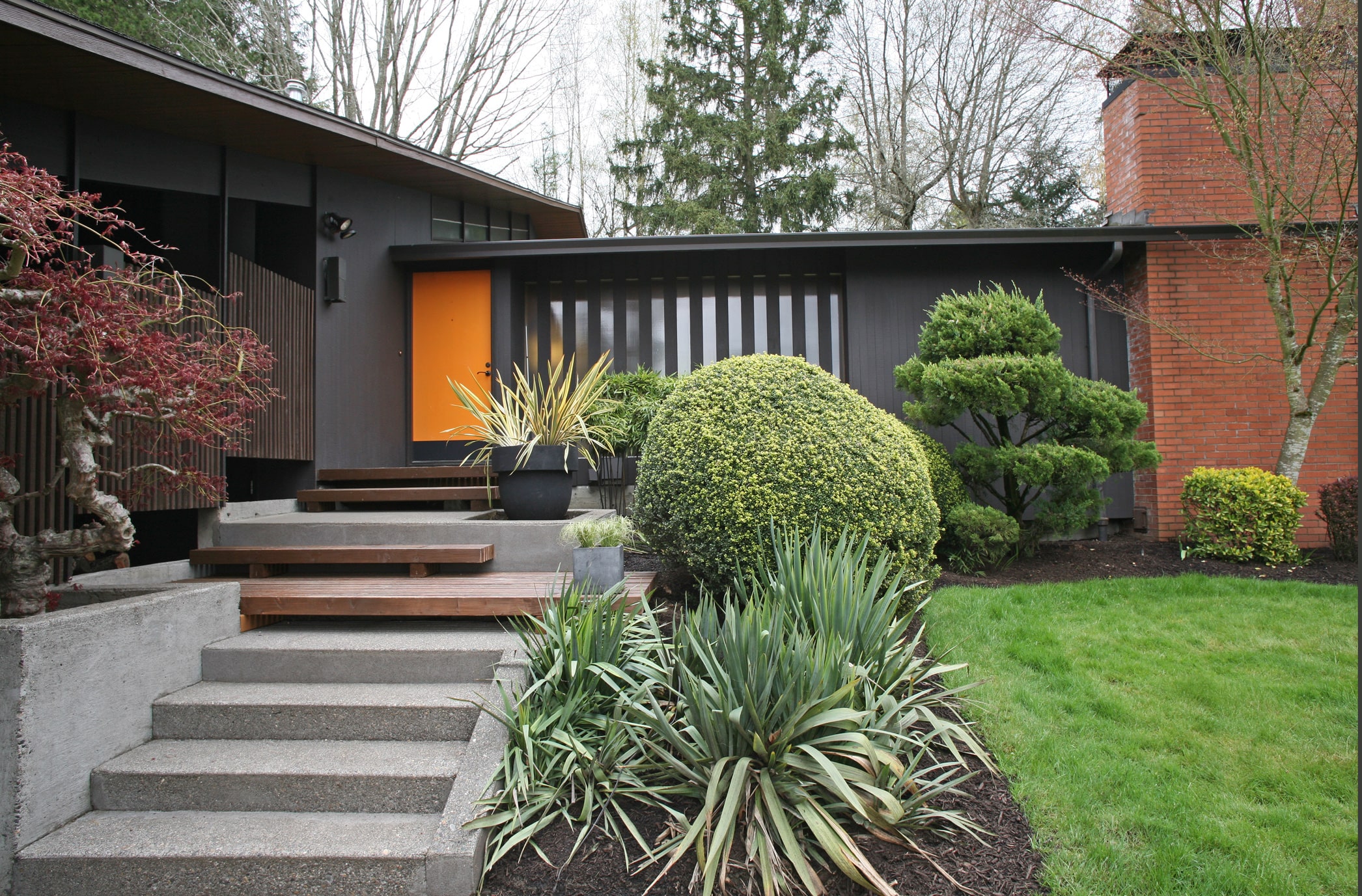
The Origins of Mid Century Modern Architecture
The mid-century modern house style emerged in the mid-20th century and gained popularity in the post-World War II era. It is characterized by clean lines, open floor plans, and a seamless connection between indoor and outdoor spaces.

The Key Features of Mid Century Modern Houses
Mid-century modern houses typically feature large windows that allow natural light to flood the interior spaces. These windows often have minimalistic frames, emphasizing the connection to the outdoors. Additionally, flat or low-sloping roofs are common in this architectural style.
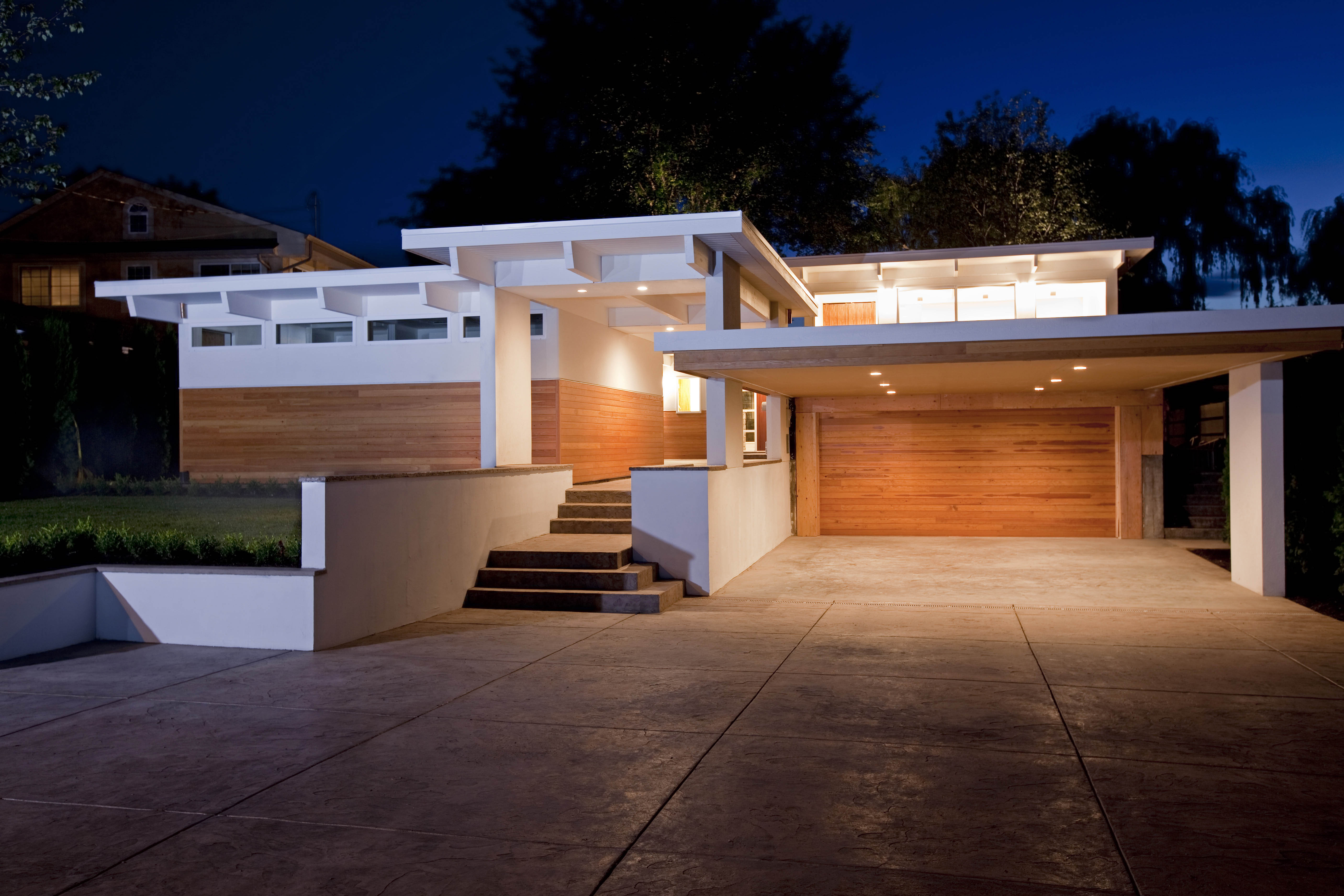
The Influence of Scandinavian Design
Scandinavian design heavily influenced mid-century modern architecture. The emphasis on simplicity, functionality, and minimalism can be seen in both styles. Furniture and decor elements from Scandinavian design often complement mid-century modern houses, creating a cohesive aesthetic.
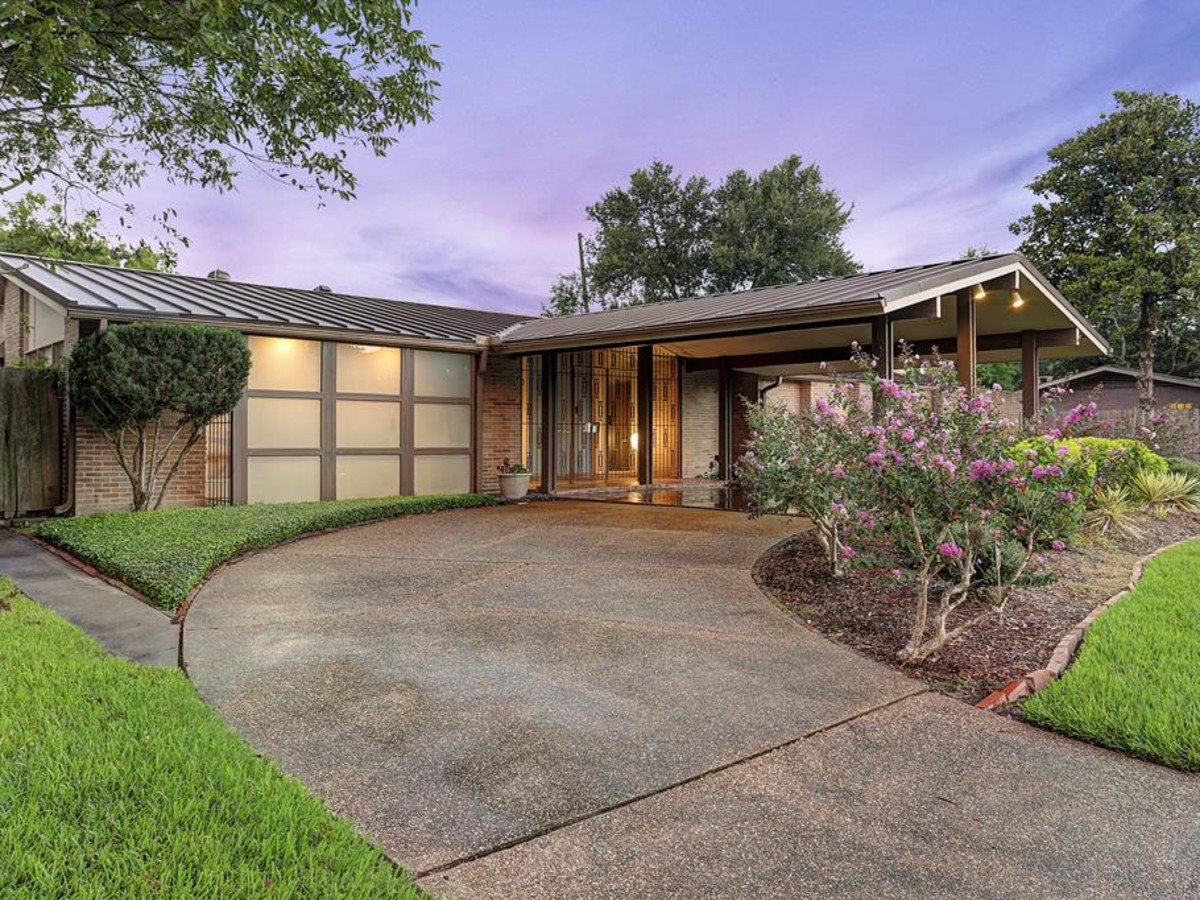
The Use of Natural Materials
Mid-century modern houses often incorporate natural materials such as wood, stone, and glass. These materials create a warm and organic atmosphere, further enhancing the connection between the interior and exterior spaces.
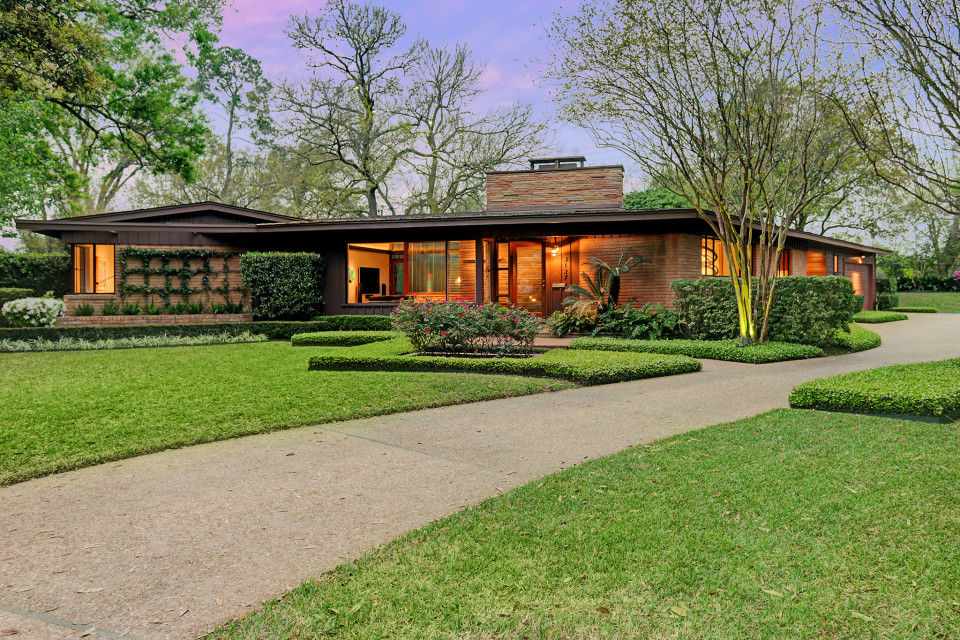
The Timeless Appeal of Mid Century Modern Houses
One of the reasons why mid-century modern houses have stood the test of time is their timeless appeal. The clean lines and minimalist aesthetic continue to resonate with homeowners looking for a sleek and contemporary living space.
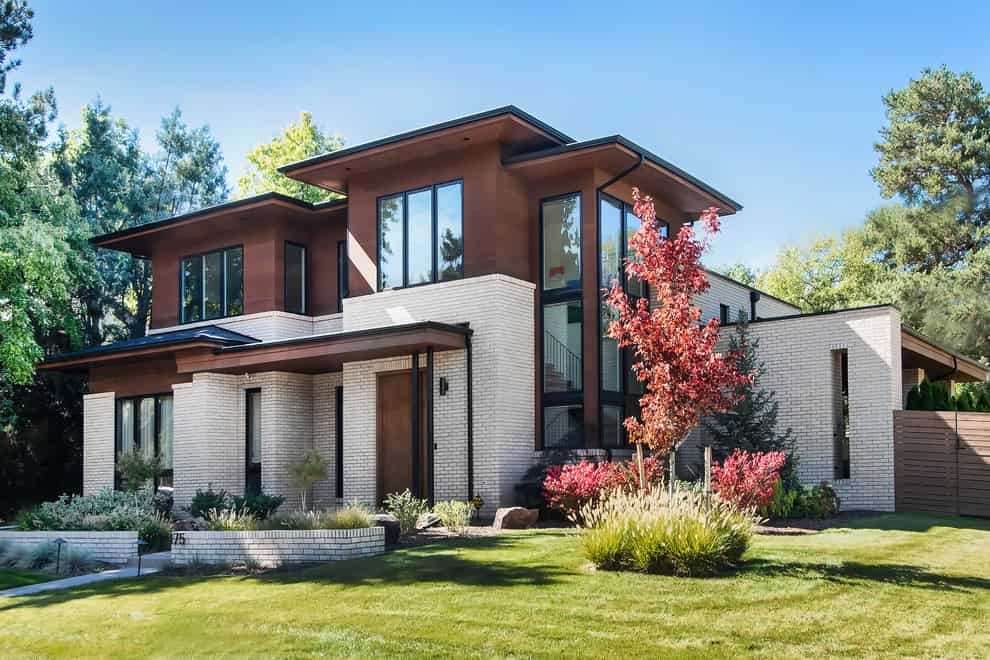
The Integration of Indoor and Outdoor Spaces
Mid-century modern houses often feature expansive windows and sliding glass doors that seamlessly connect indoor and outdoor areas. This integration allows for a seamless flow between the interior and exterior, blurring the boundaries and creating a sense of spaciousness.

The Popularity of Mid Century Modern Houses Today
In recent years, mid-century modern houses have experienced a resurgence in popularity. Their timeless design and functional layouts make them appealing to homeowners looking for a unique and stylish living space. Additionally, the focus on sustainability and natural materials aligns with modern environmental concerns.
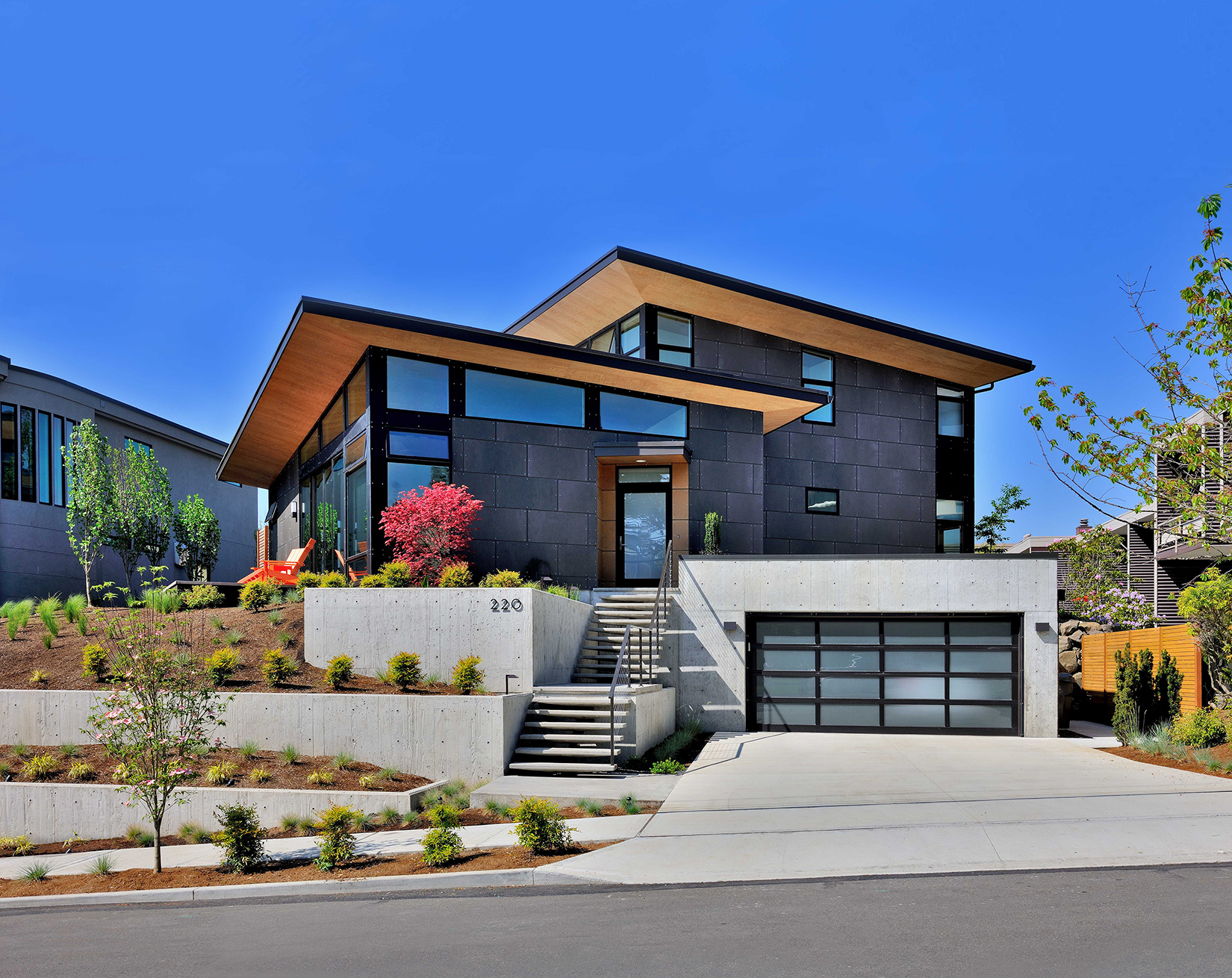
How to Incorporate Mid Century Modern Elements
If you're inspired by mid-century modern architecture and want to incorporate its elements into your own home, there are several ways to do so. Start by decluttering and embracing minimalism. Choose furniture and decor pieces with clean lines and natural materials. Additionally, consider adding large windows or sliding glass doors to create a seamless connection with the outdoors.

The Role of Colors in Mid Century Modern Houses
Mid-century modern houses often feature a neutral color palette with occasional pops of vibrant colors. Earthy tones like beige, brown, and gray provide a timeless backdrop, while vibrant hues like orange, teal, and mustard yellow add a touch of retro flair.
:max_bytes(150000):strip_icc()/GettyImages-200343731-002-871047c8a0cd4d288f478a6a067fbb30.jpg)
The Significance of Iconic Mid Century Modern Furniture
Mid-century modern furniture plays a crucial role in completing the overall aesthetic of a mid-century modern house. Iconic pieces like the Eames Lounge Chair, the Barcelona Chair, and the Noguchi Coffee Table have become design classics, valued for their timeless appeal and innovative use of materials.

The Relationship Between Mid Century Modern Houses and Nature
Mid-century modern houses prioritize the connection with nature. Large windows and open floor plans allow for unobstructed views of the surrounding landscapes. The use of natural materials further blurs the line between indoor and outdoor spaces, creating a harmonious relationship with nature.
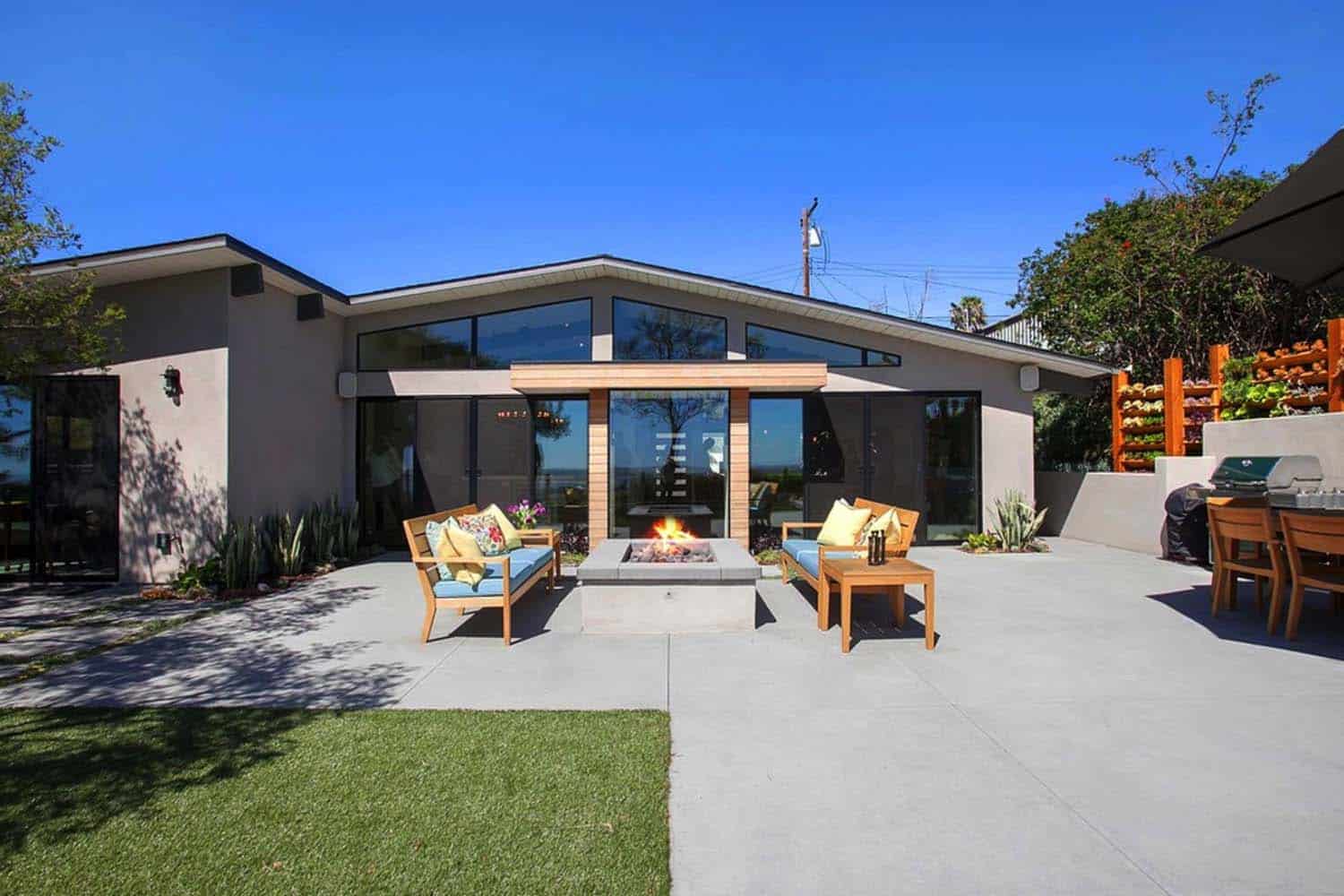
The Impact of Mid Century Modern Architecture on Interior Design
The influence of mid-century modern architecture extends beyond the exterior of the house. It has had a significant impact on interior design as well. Open floor plans, minimalistic furniture, and the use of natural materials are all elements that can be traced back to mid-century modern design.

The Role of Lighting in Mid Century Modern Houses
Lighting plays a crucial role in mid-century modern houses. Large windows and glass doors allow for an abundance of natural light during the day, while carefully placed artificial lighting fixtures create a warm and inviting atmosphere at night. Pendant lights and floor lamps with clean lines are popular choices in mid-century modern interiors.
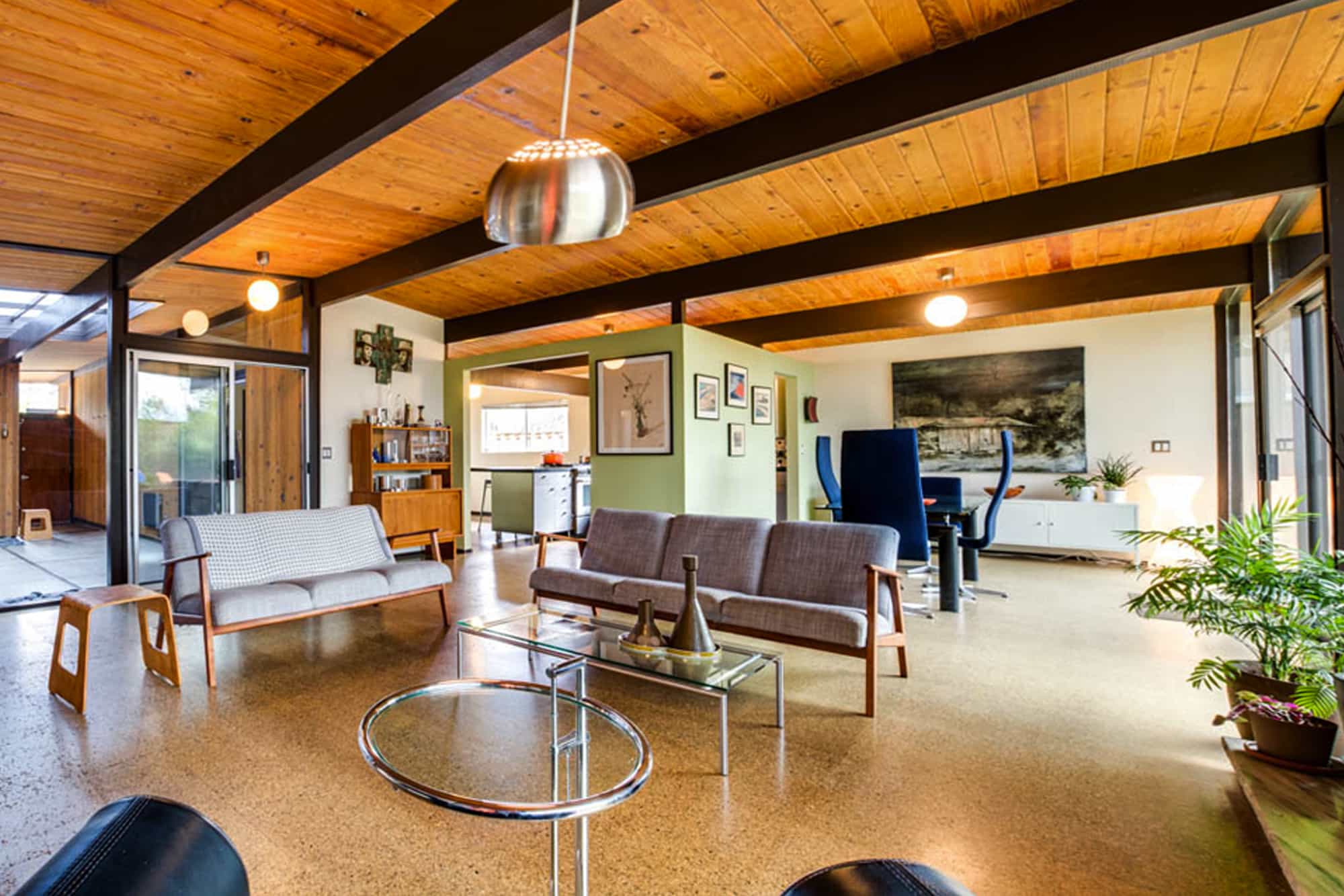
The Connection between Mid Century Modern Architecture and Minimalism
Mid-century modern architecture and minimalism share a strong connection. Both styles prioritize simplicity, functionality, and clean lines. The minimalistic approach of mid-century modern houses allows for a clutter-free and visually appealing living space.

The Sustainability of Mid Century Modern Houses
Mid-century modern houses were designed with sustainability in mind, even before it became a widespread concern. The use of natural materials, ample natural light, and the integration with outdoor spaces contribute to energy efficiency and a reduced environmental impact.

The Role of Mid Century Modern Houses in the Real Estate Market
Mid-century modern houses have become highly sought-after in the real estate market. Their unique design and timeless appeal make them desirable for buyers looking for a distinctive property. These houses often command higher prices due to their architectural significance.

The Legacy of Mid Century Modern Architecture
The legacy of mid-century modern architecture continues to inspire architects, designers, and homeowners to this day. Its influence can be seen in contemporary designs, as well as in the preservation and restoration of existing mid-century modern houses.
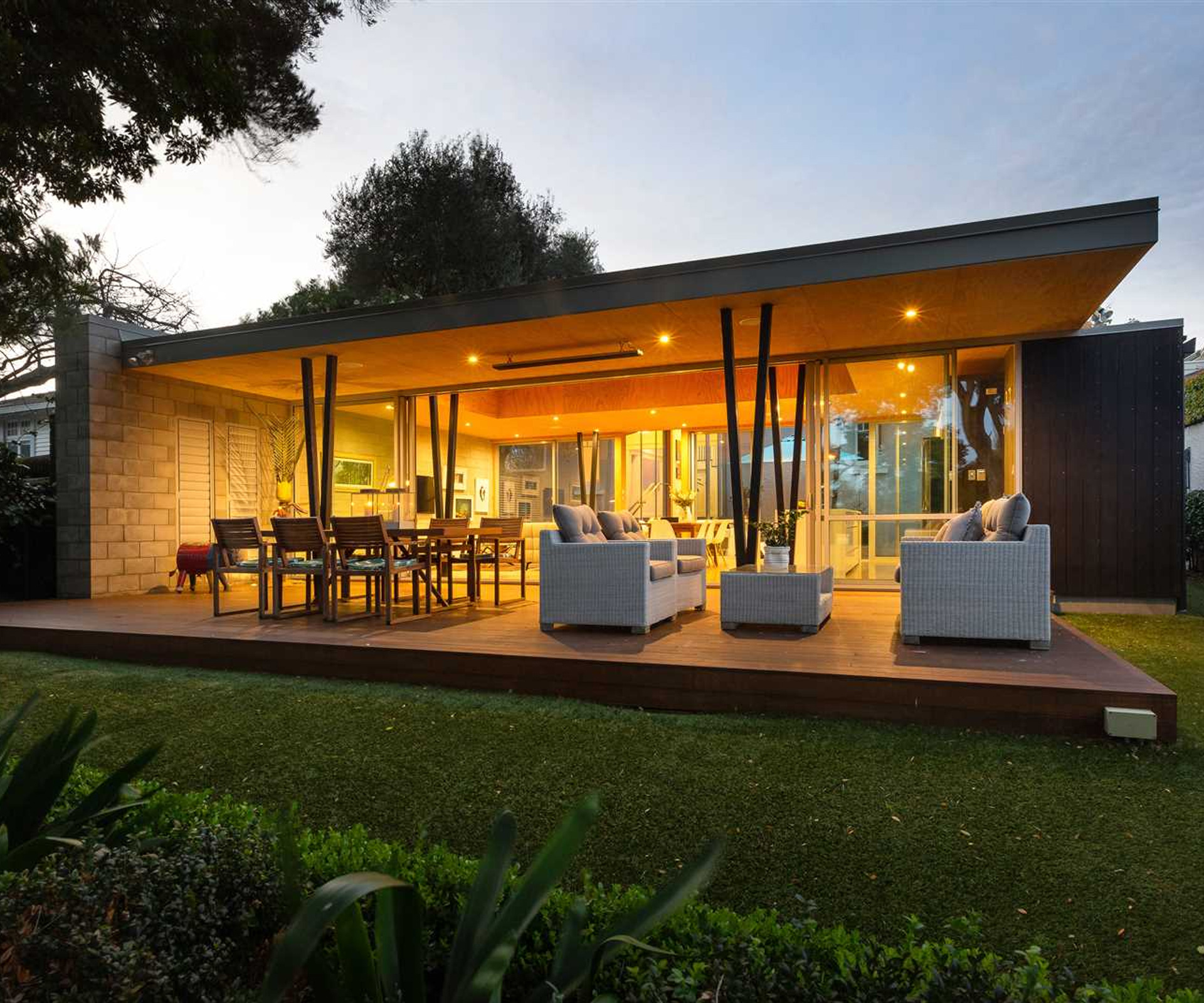
The Role of Mid Century Modern Houses in Film and Television
Mid-century modern houses often make appearances in film and television due to their distinct aesthetic and association with a specific era. These houses serve as visual backdrops, contributing to the overall atmosphere and storytelling of the production.

The Importance of Preservation and Restoration
Preserving and restoring mid-century modern houses is crucial for maintaining their architectural significance and historical value. These houses are part of our cultural heritage and serve as a reminder of a specific era in design and architecture.

The Adaptation of Mid Century Modern Design in Contemporary Homes
Mid-century modern design principles can be adapted to contemporary homes. The clean lines, minimalism, and focus on functionality continue to resonate with homeowners seeking a modern and timeless aesthetic. Incorporating mid-century modern elements can breathe new life into any space.

The Influence of Mid Century Modern Architecture on Other Design Disciplines
Mid-century modern architecture has had a significant influence on various design disciplines, including interior design, furniture design, and graphic design. Its clean lines, simplicity, and focus on functionality have transcended architectural boundaries, shaping the overall design landscape.

The Resurgence of Mid Century Modern Architecture
Mid-century modern architecture is experiencing a resurgence in popularity, with many homeowners seeking to embrace its timeless design and unique aesthetic. The combination of nostalgia and contemporary appeal makes mid-century modern houses a coveted choice for those looking for a distinctive home.
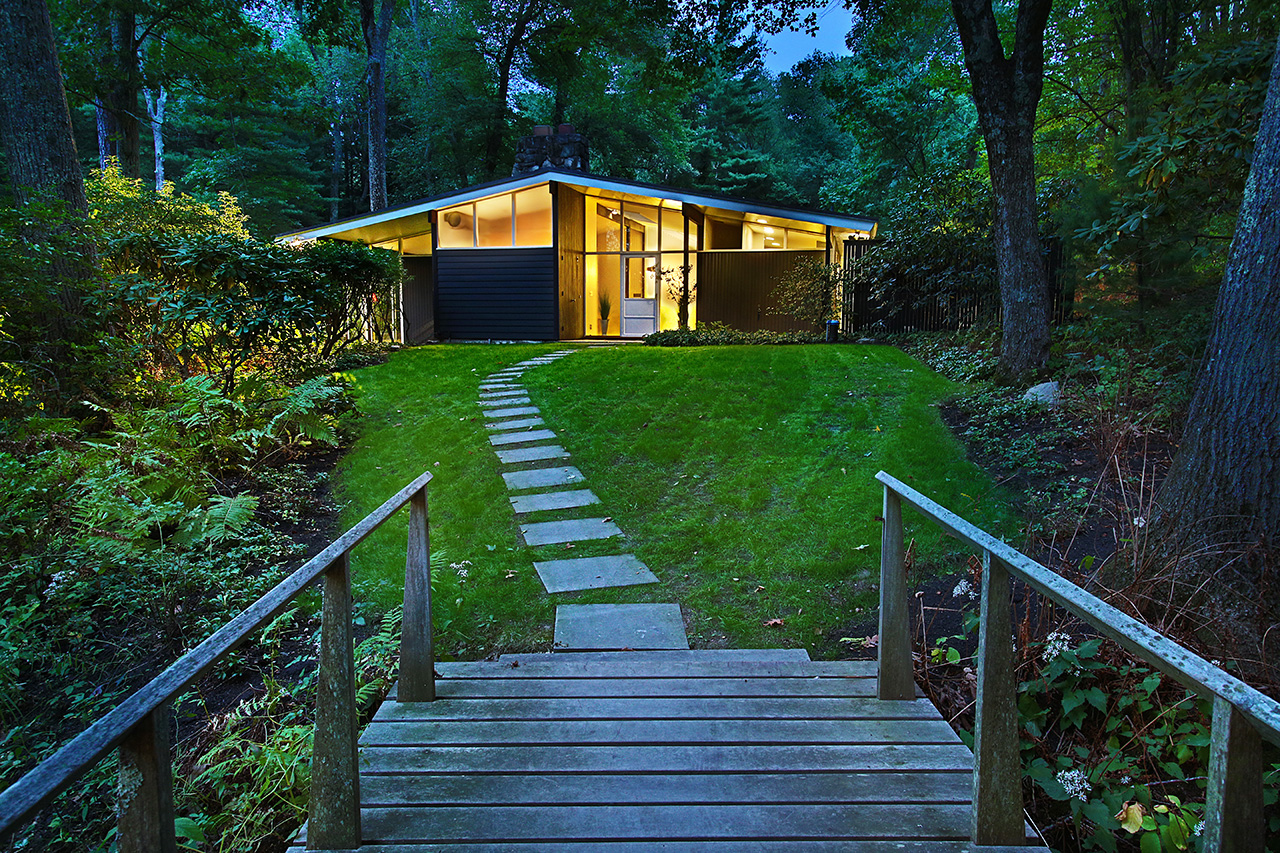
The Role of Mid Century Modern Houses in Shaping Suburban Landscapes
Mid-century modern houses played a significant role in shaping suburban landscapes. The open floor plans, large windows, and seamless connection with nature challenged the traditional suburban layout and introduced a new way of living.

The Collaborations between Architects and Furniture Designers
During the mid-century modern era, collaborations between architects and furniture designers were common. Architects would design houses with specific furniture pieces in mind, resulting in a cohesive and harmonious living space. These collaborations contributed to the overall aesthetic of mid-century modern houses.

The Impact of Mid Century Modern Houses on Neighborhoods
Mid-century modern houses often have a significant impact on neighborhoods. Their unique design and architectural significance can contribute to the overall appeal and desirability of a neighborhood, attracting homeowners who appreciate the mid-century modern aesthetic.
/cdn.vox-cdn.com/uploads/chorus_image/image/59630809/House_Calls_Portland_Nathan_Papazian_living.0.jpg)
The Role of Mid Century Modern Houses in Sustainable Design
Mid-century modern houses have been pioneers in sustainable design, long before it became a mainstream concern. The focus on natural materials, energy efficiency, and seamless integration with nature aligns with modern sustainability practices.
:max_bytes(150000):strip_icc()/Midcenturymodernhome-GettyImages-943830346-9439fdb5d8f042c38eb78dd91f7644ed.jpg)
The Mid Century Modern Aesthetic in Commercial Architecture
The mid-century modern aesthetic is not limited to residential architecture. Its influence can also be seen in commercial buildings, such as offices, hotels, and retail spaces. The clean lines, open layouts, and emphasis on natural light create inviting and functional spaces.
